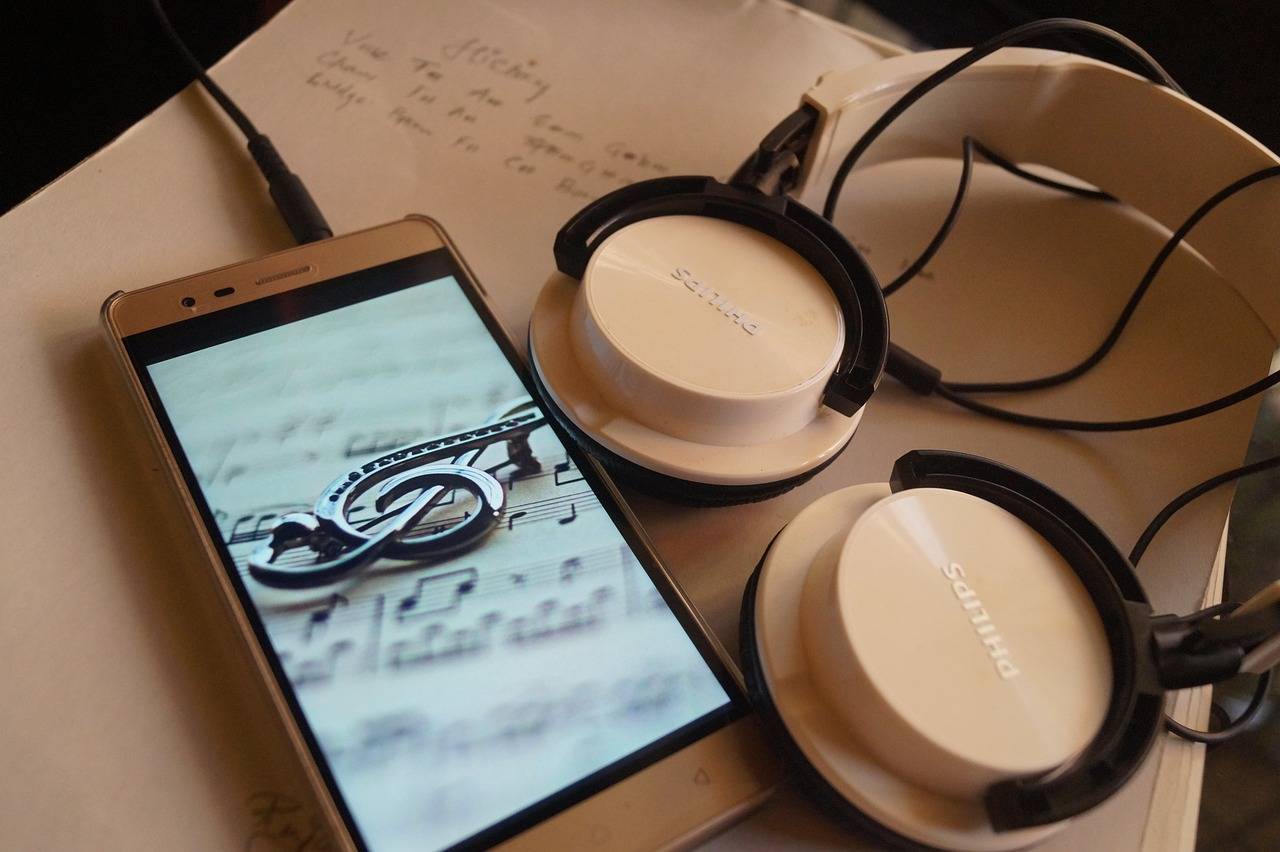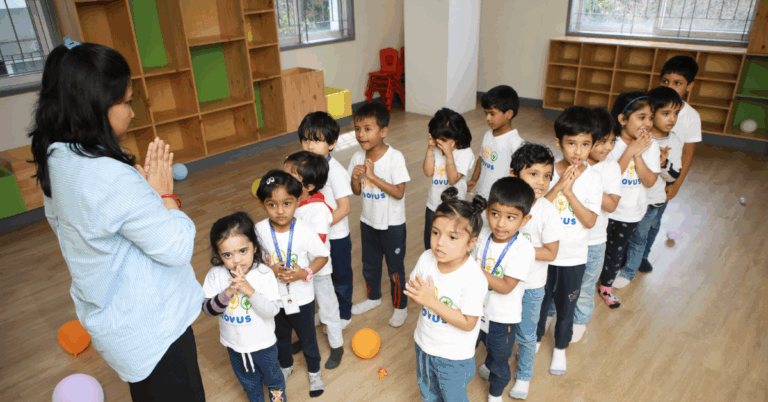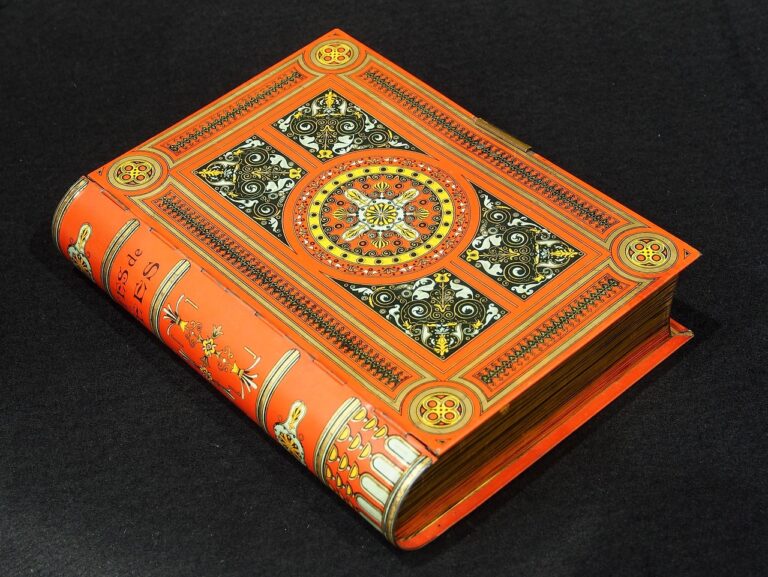The Role of Virtual Reality (VR), Augmented Reality (AR), Mixed Reality (MR), and Immersive Technologies in Historical and Cultural Education at Summer Camps: Allexch login app, 99 exch, All panel login
allexch login app, 99 exch, all panel login: Virtual Reality (VR), Augmented Reality (AR), Mixed Reality (MR), and immersive technologies are revolutionizing the way we learn about history and culture. Summer camps are increasingly incorporating these technologies into their programs to provide an engaging and interactive educational experience for campers. By immersing campers in virtual worlds, these technologies bring history and culture to life in a way that textbooks and traditional teaching methods cannot.
Exploring Historical Sites in Virtual Reality
One of the most exciting ways VR, AR, MR, and immersive technologies are being used in summer camps is to virtually explore historical sites. Campers can don VR headsets and be transported back in time to ancient civilizations, famous battlefields, or iconic landmarks. They can walk through the halls of the Louvre, climb the steps of the Great Wall of China, or witness the signing of the Declaration of Independence.
Learning Through Interactive Experiences
Interactive experiences are essential for engaging campers and making learning fun. VR, AR, MR, and immersive technologies allow campers to interact with historical artifacts, solve puzzles, and participate in historical simulations. For example, campers can experience what life was like in ancient Rome by walking through a virtual Roman villa, trying on togas, and tasting Roman cuisine.
Enhancing Cultural Awareness
In addition to learning about history, VR, AR, MR, and immersive technologies are also helping campers develop cultural awareness. Campers can explore different cultures, traditions, and customs from around the world through virtual tours and immersive experiences. They can attend traditional festivals, visit sacred sites, and interact with local residents, all without leaving the camp.
FAQs
Q: How do VR, AR, MR, and immersive technologies benefit campers?
A: These technologies provide a more engaging and interactive learning experience, allowing campers to explore historical sites, interact with artifacts, and develop cultural awareness in a fun and immersive way.
Q: Are VR headsets safe for children to use?
A: VR headsets are generally safe for children to use, but it is essential to follow age recommendations and guidelines provided by the manufacturers. Camps should also supervise campers while they are using VR technology to ensure their safety.
Q: How can camps incorporate VR, AR, MR, and immersive technologies into their programs?
A: Camps can partner with educational technology companies, museums, or cultural organizations to access VR, AR, MR, and immersive experiences. They can also invest in their equipment and training for staff to create their virtual experiences.
In conclusion, VR, AR, MR, and immersive technologies are transforming historical and cultural education at summer camps by providing campers with interactive and immersive learning experiences. By incorporating these technologies into their programs, camps can inspire curiosity, foster creativity, and deepen campers’ understanding of the world around them.







